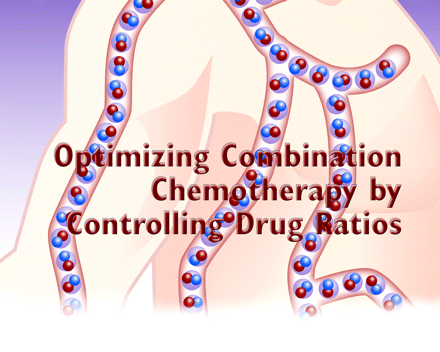Optimizing Combination Chemotherapy by Controlling Drug Ratios
Abstract
Cancer chemotherapy treatments typically employ drug combinations in which the dose of each agent is pushed to the brink of unacceptable toxicity; however, emerging evidence indicates that this approach may not be providing optimal efficacy due to the manner in which drugs interact. Specifically, whereas certain ratios of combined drugs can be synergistic, other ratios of the same agents may be antagonistic, implying that the most efficacious combinations may be those that utilize certain agents at reduced doses. Advances in nano-scale drug delivery vehicles now enable the translation of in vitro information on synergistic drug ratios into improved anticancer combination therapies in which the desired drug ratio can be controlled and maintained following administration in vivo, so that synergistic effects can be exploited. This “ratiometric” approach to combination chemotherapy opens new opportunities to enhance the effectiveness of existing and future treatment regimens across a spectrum of human diseases.

- © American Society for Pharmacology and Experimental Theraputics 2007



